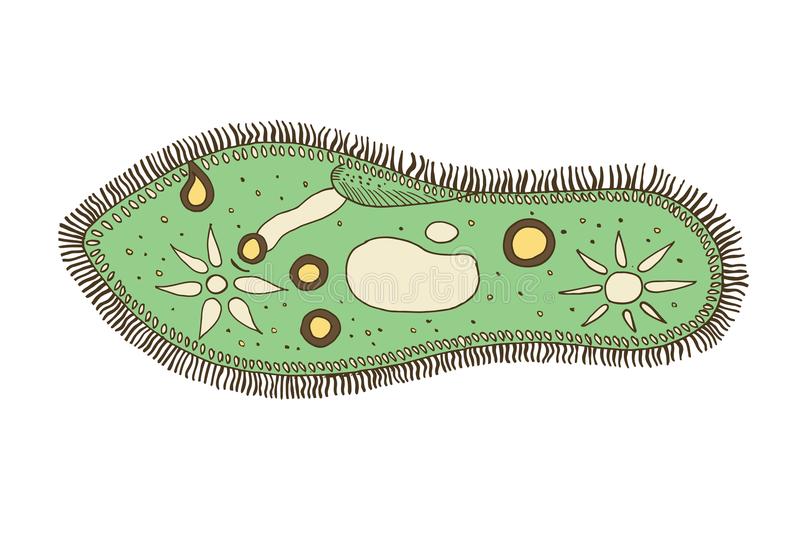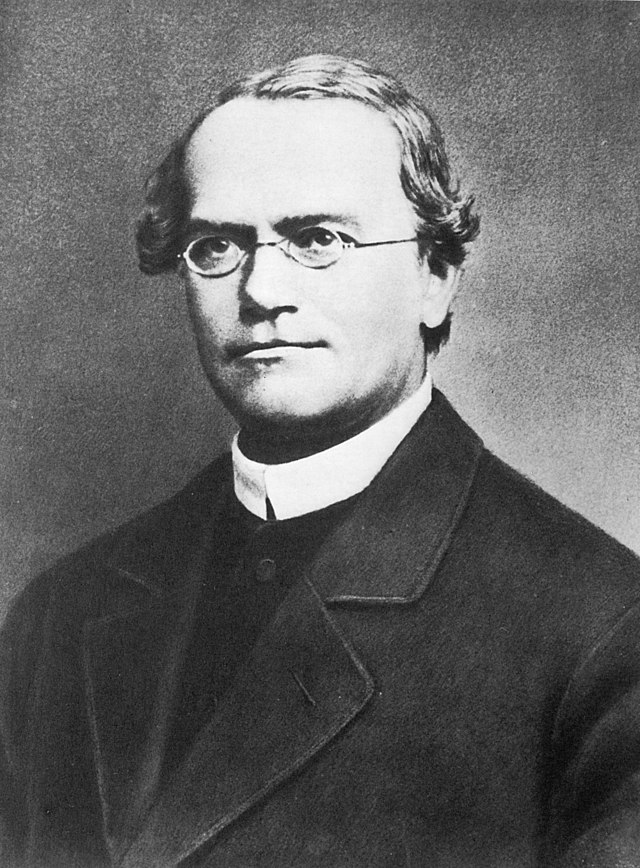The Scientific Method
I looked at the emotion of anger as an example. I was led to use the method by observing that the degree and duration of anger can vary depending on various factors. This observation coincides with the hypothesis that feeling angry depends on external, internal factors. I was the controlling research subject. It is necessary to gather facts to study this emotion: when I get mad when anger increases, it decreases, how long it lasts. Then I identify the patterns of my anger. The dependent variable is anger; the independent variables are external factors (learning, communication, weather) and internal factors (experiences, thoughts). Anger will also be the controlled variable. As a result, I have learned the causes of anger and can control it, and I have found out how real reasons for anger differ from contrived ones.
Molecules in Food
I have taken a product such as lemon for my research; it is nutritious because it contains many nutrients. A study of the actual nutrient content showed that this product contains vitamins, minerals, phytonutrients, and electrolytes. The citric acid molecule is shown below.

A citric acid molecule consists of 6 carbon atoms, 8 hydrogen atoms, 7 oxygen atoms. An anionic chemical bond holds the atoms together. This molecule, which is found in both lemon and citric acid, has beneficial properties for the human body: it improves digestion and enhances immunity. Consumption of high concentrations of citric acid can cause burns to the mucous membranes of the mouth and gastrointestinal tract. Thus, the study supports the hypothesis, given that the product will be used in moderation.
Understanding Osmosis
The example under consideration is contact lens-induced dry eye. A type of this process is exosmosis – osmosis directed outward from a limited volume of liquid. Physiological contact lens solution contains the same concentration of saline water as the human eye. Without keeping the lenses inside the solution, they will begin to absorb moisture from the eye through osmosis, as they lose water during wear.
Useful Enzymes
The enzymes found in my detergent were amylase and proteinase – enzyme soil removers; I took amylase for the study. The saliva of humans and some mammals contains amylase: the enzyme that begins the chemical process of food digestion (Des Gachons & Breslin, 2016). The substrate of salivary amylase is protein, starch, sucrose, glucose, and amino acid. Without this enzyme, there would be no digestion of starchy foods in the mouth (Action of Salivary Amylase, 2017).
Photosynthesis
I took the pollution of the environment with heavy metals and the effect on photosynthesis (What Is Photosynthesis, 2020). Pollution by heavy metals disturbs naturally established phytocenoses, accumulating in plant organs and tissues; heavy metals harm the physiological processes of plants (Rai et al., 2016). It is essential to know that atmospheric air pollution is a significant problem because heavy metals can enter the human body directly from the air. It is also dangerous because, from the atmosphere, they can be transported to a considerable distance, deposited on the earth’s surface.
My Favorite Organism
I chose the infusoria Paramecium caudatum as my favorite organism because infusoria are a group of protozoans with a more complex structure. The infusoria feeds on bacteria (What is INFUSORIA, 2018). The Paramecium caudatum itself is consumed by other predatory infusoria and many species of fish. The habitat of the infusoria is any freshwater body with standing water and the presence of decomposing organic matter in the water. Infusoria is a fantastic organism with unique features, such as sexual reproduction without reproduction.

My Favorite Scientist
I chose Gregor Mendel as my favorite scientist because genetics is close and exciting to me, and I would also like to study it and make discoveries. Johann Mendel was born on 20 July 1822 in the small Austrian town of Heinzendorf into a simple peasant family. He showed an interest in nature at an early age when he worked as a part-time gardener. The biologist is best known for his laws of heredity. His research laid the foundation for a new scientific discipline in biology – genetics.

References
Amritacreate. (2017). Action of Salivary Amylase on Starch – MeitY OLabs [Video]. YouTube. Web.
Des Gachons, C. P., & Breslin, P. A. (2016). Salivary amylase: digestion and metabolic syndrome. Current diabetes reports, 16(10), 1-7.
FuseSchool – Global Education. (2020). What Is Photosynthesis? | Biology | FuseSchool [Video]. YouTube. Web.
Rai, R., Agrawal, M., & Agrawal, S. B. (2016). Impact of heavy metals on physiological processes of plants: with special reference to photosynthetic system. In Plant responses to Xenobiotics (pp. 127-140). Springer, Singapore.
The Audiopedia. (2018). What is INFUSORIA? What does INFUSORIA mean? INFUSORIA meaning, definition & explanation [Video]. YouTube. Web.